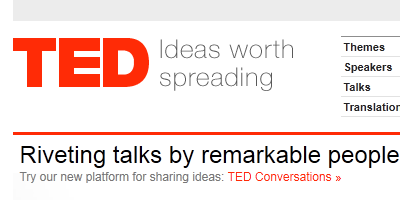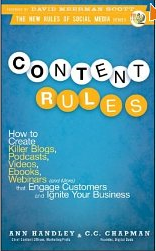 One of the smartest things you can do to keep up with blog writing is to use your brain well. Use your right brain to tap into your creativity.
One of the smartest things you can do to keep up with blog writing is to use your brain well. Use your right brain to tap into your creativity.
The third thing I do in the morning when I get up is write on one of my blogs. (First, brew a pot of Cafe de Olla; second, feed Huey and Dewey, our kitties.) When clients ask, “How do you find time to post on all your blogs?” it’s kind of a non-problem, since I’m fueled by coffee and love…!
One of my favorite posts is here, because two writers (John Jantsch and Sean D’Souza) who really understand content marketing explain this further in The Right Brain/Left Brain Tango: How to Get Your Creative Mojo Back.
Here are 5 tips for being more creative and productive with your writing tasks.
- Write first before you open email or your list of things to do. Any writing task should have priority over other tasks in the morning. Why? Writing uses mostly your right brain, and you need clarity, without those little gnawing distractions.Beware the left brain that wants to spoil your creativity by reminding you of things “to-do.” When you first wake up, you’re functioning in your right brain. Use it immediately for improved creativity.
- Before you go to bed and fall asleep, remind yourself which writing tasks you want to work on in the morning. Your right brain will think about them as you go to sleep, and probably as you wake up. As a result, you’ll wake up with those writing jobs in mind and can start right in on them – as soon as the coffee’s ready and the pets are fed.
- Leave your desk relatively uncluttered when you stop working at night so that in the morning you can start writing without distractions. It helps to have a safe place to set your coffee, where the kitties won’t knock it over when they come to lie in front of your computer screen. (If you have dogs, you won’t understand this part, but I’m sure there’s similar arrangement for those little darlings.)
 Read More→
Read More→











